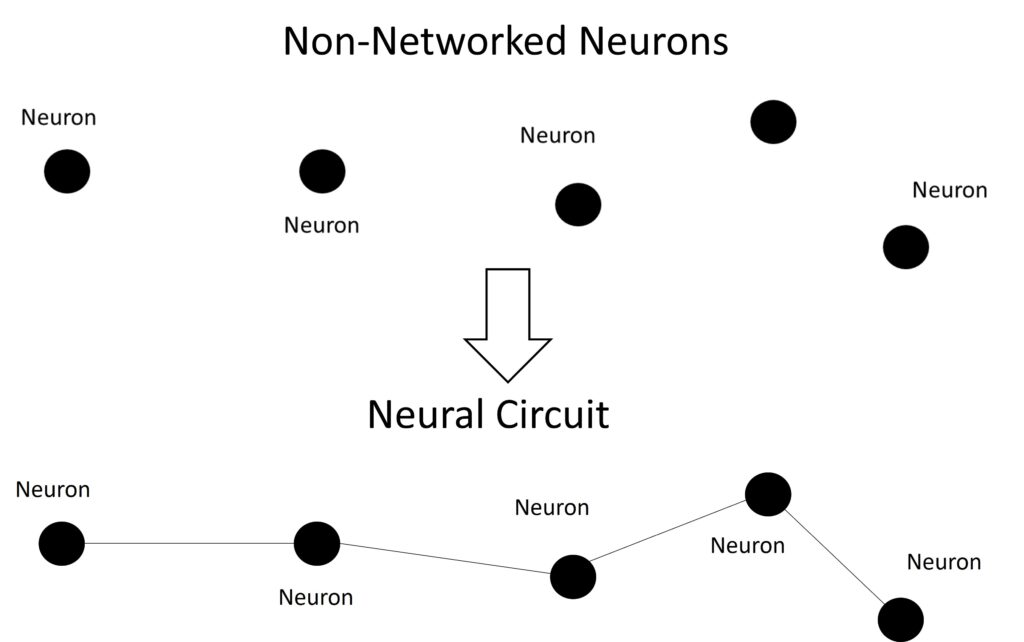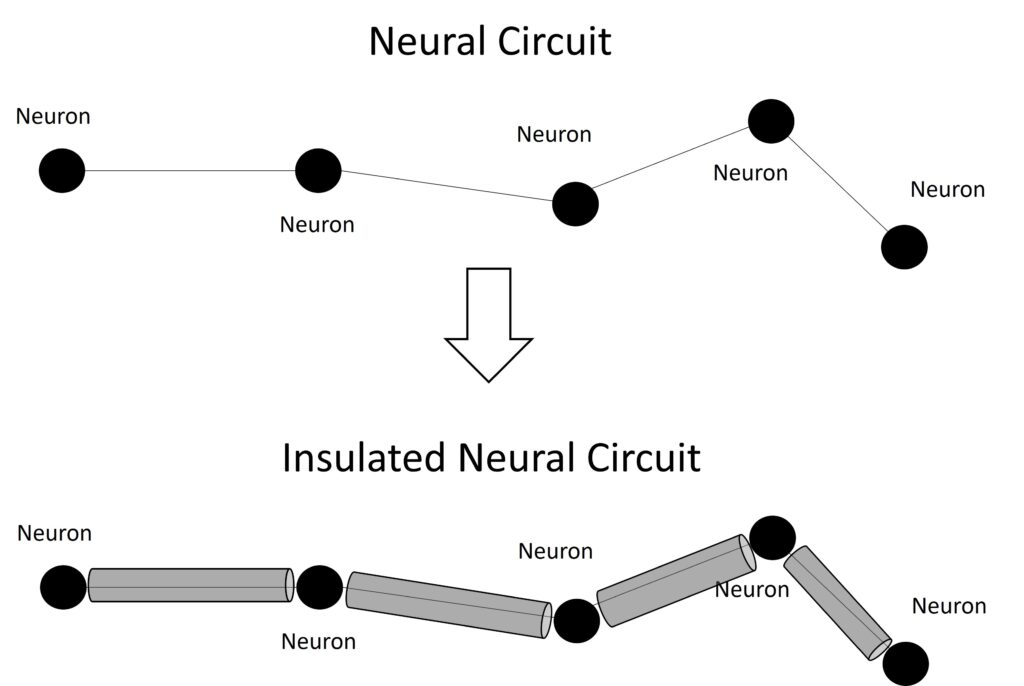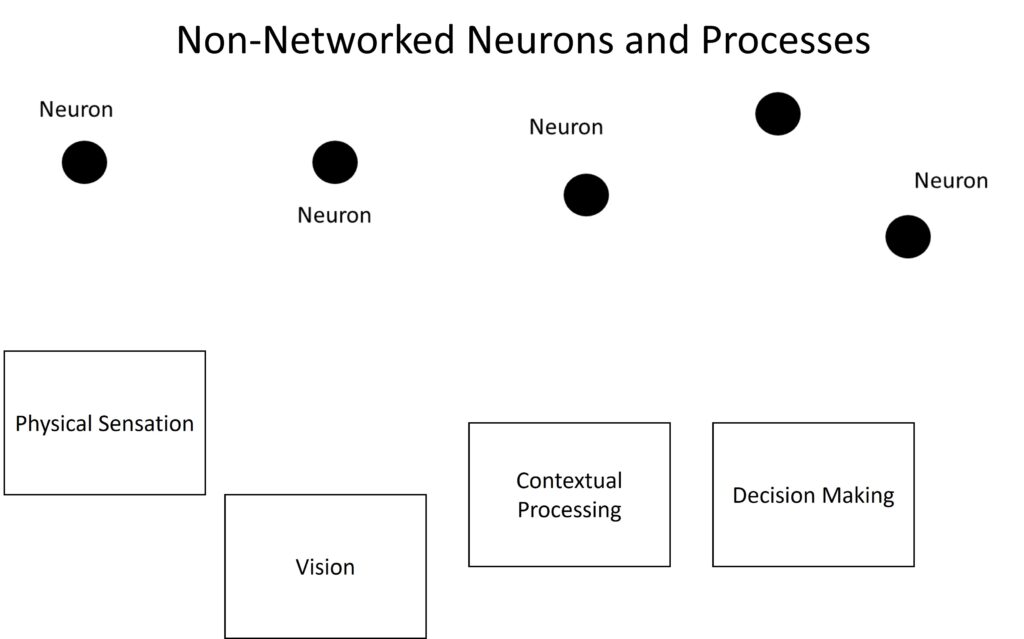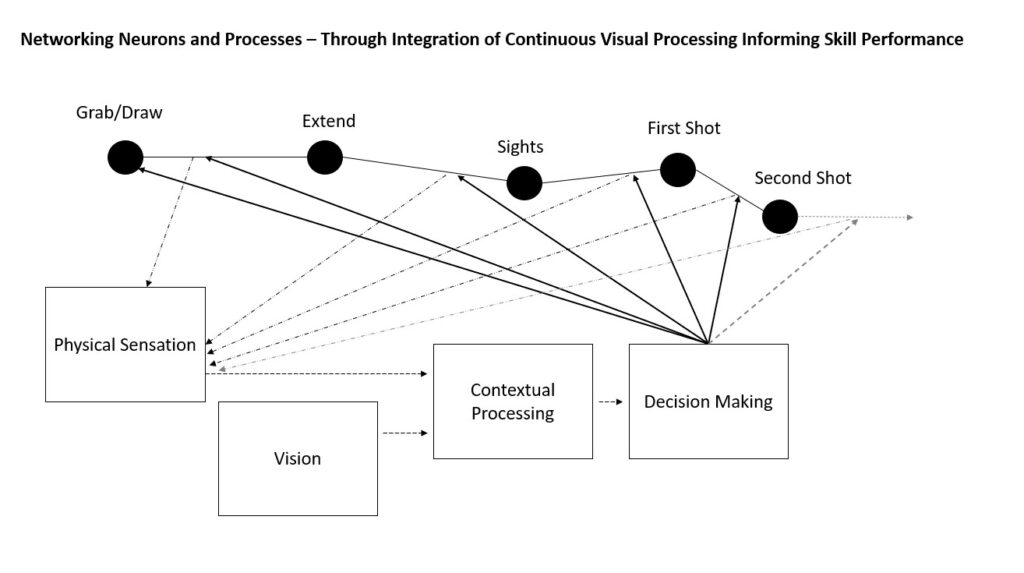Article 061 – Why There’s No Off Ramp: Police Firearms Training Prevents De-escalation
Traditional training methods produce skills that are physically separated from the brain’s ability to process information and change behavior. This is no longer acceptable for armed professionals.
If you are reading this article, it is unlikely that you need us to tell you that times have changed. Cell phone and body worn video cameras have altered the armed professions—permanently.
As we pointed out in an earlier article, the public now expects to approve of what they see in camera footage of police performance. We’ll be blunt. This means that training and qualification methods need to change.
If you work (or play) in any field that involves practiced physical skills, you have almost certainly experienced doing something that you knew was not the best (or even appropriate) while you were doing it. Yet, you were unable to alter course for some maddeningly long period of time.
Hopefully your experiences (like the author’s personal ones—which include punching a sparring partner in the face after the instructor specifically mandated no striking and making a close contact shot to the face with sims rather than to the instructor-defined chest protector during an armed grappling class) have been without significant real-world consequences. Unfortunately, how and when these types of things happen are not within our control. Some are not lucky enough to avoid life and death impacts.
Attempting to dissect these events accurately requires an individual analysis that spans many different disciplines. When it comes to firearms specifically however, there are several common features of training. These have systemic impact across all armed professions and are important to understand.
The first of these is the development of skill in the absence of operationally relevant stimulus such as subject behavior and context. Everyone knows this is true. We learn shooting skills mostly in lanes on square shooting ranges. These do not have relevant stimulus on them.
There are a few exceptions such as motion dummies and live-fire projection simulators. However, even these are almost exclusively used as low repetition “special experiences.” Scalability and cost preclude their use for the development of fundamental skill.
The second limiting feature that we will discuss here is the use of pre-defined skill sequences. For example, a qualification may include “yardlines” such as drawing and firing two rounds in two seconds from seven yards. Virtually all skill development also involves some sort of pre-defined instructor command such as what skill (such as drawing and reloading) to perform and how many rounds to fire.
Defining skill sequence performance is used during training for range control, ammunition management, and to enable empirical performance measurement. These are all critical components of safe and effective firearms training. Unfortunately, the operational impacts may be neither safe, nor effective.
The result of these two firearms training features (modeled in detail later in this article) is that the neurological circuits that are constructed during skills training exclude connectivity to the centers of the brain that can alter skill performance. De-escalation that both can and should happen in the real world does not. This is not due to malice or ignorance. It occurs because of performance limitations that are created by our methods of training.
During virtually all practice repetitions, once a student is told (or even decides) what to do, all processing of environmental information stops—at least about anything other than completing the specific skill sequence(s). Failing to complete the sequence typically results in some sort of penalty (such as failing a qualification). Meanwhile, overcoming challenges (such as malfunctions) to complete the skill sequence results in some sort of reward: “Great job staying in the fight. It pays to be a winner!”
When the same skill sequences are done over and over (e.g., if a shooter practices a lot so they become good at meeting specific shooting standards), then the skill sequence can manifest during both force-on-force training and on the street. This often happens whether it is appropriate or not for the situation at hand. Every instructor who runs reality-based training sees this happen with some frequency. Thanks to body cameras and cell phones, every citizen also now gets to see it happen in the real world.
At a systemic level this is not because police officers are screwed up or intentionally using deadly force when they should not. It is instead an inevitable and unavoidable byproduct of how we train people with firearms.
Please read that again. It is critical to understand that we cannot fix this problem if agencies do not fundamentally change what they are doing.
This subject can get very complex. Therefore, we will illustrate it with a simplified model (ignoring synapses, for example).
As a new skill is learned, physical circuits within brain are constructed. This is commonly known as Hebb’s Law: Neurons that fire together, wire together.

Let us suppose that the circuit in the graphic below corresponds to drawing and firing two rounds. As this skill is practiced, the brain wants to make the circuit more efficient. So, the circuit is insulated with a fatty substance called myelin. This both protects and speeds up the signal.

As the student becomes good at drawing and firing two rounds, the circuit becomes very efficient. This looks great on a test that requires drawing and firing two rounds. It looks horrible in the real world both if two rounds don’t solve the problem and if the initial assessment of a threat and subsequent decision to draw the weapon was made in error. Wait, that’s not a gun! It’s a cheeseburger!
**Please note that we are aware that the (as of this date) recent national headline shooting ostensibly involving a cheeseburger appears to, in-fact, have been related to vehicle operations–not food. Cheeseburger aside, the subject matter in this article still may be very relevant to that specific event.**
After brain circuitry is developed in the procedural (unconscious access) memory system, it acts similar to launching a computer application. Once you press play, its launch runs to completion. It cannot easily be stopped or altered.
On the one hand, this is what we want–automaticity of performance that is not greatly impacted by stress or other events. On the other hand, the desire for automatic performance assumes that we have decided to do the right thing. Unfortunately this is not always true.
Let us imagine that the officer is on the street and decides to draw and fire at a deadly threat (a moving vehicle perceived as being a threat, for example). Now let us suppose that during the time it takes the officer to begin taking action and draw the pistol, something changes. Maybe the officer realizes that a mistake was made. Maybe the subject’s behavior radically changes. Maybe the car drives away. Maybe something other than shooting is now required.
It is important to understand that the methods used for skills training construct two neurological impediments to de-escalation. The first is that this skill of drawing and firing has probably never involved ongoing processing of subject behavior.
This requirement never happens on the range or dryfire. In most cases it never happens in simulators or force-on-force either. Even in reality-based training we mostly expect students to categorize to the point of a decision, then finish the task or skill to a point of victory.
The main point here is that the officer’s brain probably isn’t processing any ongoing information about the subject after he or she decides to use force. If the brain has never been asked to do this before, it certainly won’t do it for real.
The second impediment is structural—part of the neural circuitry. Let us suppose that the officer does realize a change in behavior is required after initiating the drawstroke. The following graphic illustrates what can happen neurologically.

Because in our example the officer has learned the skills effectively, the circuitry is well insulated and efficient. However, the brain also can’t communicate with it, except to tell it to start. This also results from Hebb’s law, its corollary is sometimes also called the dark side of neuroplasticity: Neurons that fire apart, wire apart.
What does this mean for us as trainers? It means that the process of becoming good at shooting inhibits the ability to de-escalate.
Please note that we are unequivocally NOT suggesting that developing high levels of shooting skill is a negative thing. In fact, quite the opposite. We strongly advocate for high levels of skill, for many reasons.
For example, automaticity of skill performance reduces cognitive loading during intense situations. Confidence in skill performance also reduces the chances of mentally rehearsing application of force prior to engaging with a subject. High levels of skill tend to reduce use-of-force when it is not justified while improving performance when it is.
We ARE stating that how skills are currently developed by training programs has some undesirable impacts that cannot be fixed without changing the training methods and tools used. For example, we must begin to include continuous visual stimulation during virtually every repetition, in every training environment. This allows the processing and the physical to both be included in the neural circuits that are developed.
The following graphics provide an illustration. Please review these, then contrast them with the ones above.

When continual visual processing is required, circuits are no longer constructed in isolation. Vision, context, and decision-making are continually processed and fed into skill performance circuitry. This structure is much more permissive to alterations in performance, such as branching off to alternative skills when required. (See the two graphics below).

Traditional training tends to develop lengthy skill sequences (e.g., drawing and firing a specified number of rounds). The neural networks are developed in such a way that the physical characteristics of the circuits preclude communication with other brain processes. This can inhibit de-escalation during circumstances when it should be possible. In these cases it is likely the methods of training that produce the failure.
This is one reason why we need to change how we train. The brain circuits responsible for shooting and other use of force skills need the capacity for exiting to a different course of action built into them from the ground up.
As alternatives such as de-escalation, verbal engagement, mobility, use of cover, anatomical transitions for different shot placement (failure to stop or a subject with armor), use of less-lethal tools, etc. are learned, they should be incorporated into skills training. This should happen not once in a blue moon, but consistently throughout skill development and enhancement training. Unknown skill performance (little to no pre-defined sequencing) should become a primary feature of training.

With this change in approach, the operationally relevant network can be built in procedural memory. This will contain far more than a series of physical skill sequences that may (or may not) be appropriate for any given real-world situation.
The end result is the difference between 1) a long skill sequence that, once initiated, cannot be stopped and has no branching or alternatives, or 2) a flexible, hyper-fast network optimized for tactical performance. The differences should be both stark and clear.
It is worth pointing out that because of how the human brain learns, the only way to achieve this is by including the relevant brain functions (vision, decision making, etc.) into virtually EVERY skill repetition. This must occur not just during academy training but continually throughout every armed professional’s career.
This requirement is why we spent the past six years developing the NURO™ Shooting System (Patent Pending). The existing tools in the industry simply didn’t provide a way to solve this problem. We built one that does.
The only other method is to hack everything together after the circuits for skill performance are built. This can be done. It works. However, it is resource intensive, inefficient, and unpredictable.
The most common method is to place students into extensive scenario-based training. Role players and simulators are the two most common methods. Unfortunately, these usually do little to address the de-escalation issue because of how they are applied.
Most scenarios still consist of categorization of a threat followed by the execution of skill sequence. Depending on how the scenarios are designed, these may also preclude development of the visual processing, decision-making, and feedback signal pathways into the skill performance circuits. It is further important to point out that running a few scenarios infrequently will not address this issue. The frequency and duration of scenarios must be high enough that the frequency and quality of skill performance under conditions that require ongoing visual processing and decision making can make alterations to the procedurally consolidated skill performance networks.
That’s a very long, extremely technical sentence, so here’s a simpler one: With the exception of full time tactical teams that train almost daily, YOU almost certainly do not have the resources necessary to pull this off.
A growing body of research is also now suggesting that this type of training may in some cases contribute to injuring trainees neurologically. This is especially likely when it is run improperly or at the wrong point during development. Trainers beware.
The present situation is unacceptable. We must begin to use the operationally relevant brain functions during ALL skill training and practice. If we do, we simply can build the right circuits from the beginning rather than trying to fix them on the back end.
There is no training method that will prevent every mistake. The limits of human performance and cold, hard reality (such as the fact that officers do not actually see what is shown on their body camera footage) must be considered when evaluating use of force incidents. Continuing efforts should also be made to educate the public about these issues, so reasonable people can establish reasonable expectations of their police force.
It is also true that how we train and qualify armed professionals needs to change in a big way. Modern scientific research shows that what we have been doing simply does not work well. Operational challenges, as well as today’s financial and civil liabilities demand that agencies take action. Not doing so is rapidly becoming an unjustifiable liability.
Specific to de-escalation during use-of-force incidents, legacy methods and tools for firearms training will not do the job. They cannot. It is impossible. These fail down at a synaptic level by developing neurological highways to the taking of human life—highways that have no exits, offramps, or turn-arounds.
This cannot continue. Everyone involved deserves better: citizens, officers, families—everyone. Fortunately, we now have both the tools and the methods necessary to do better.

